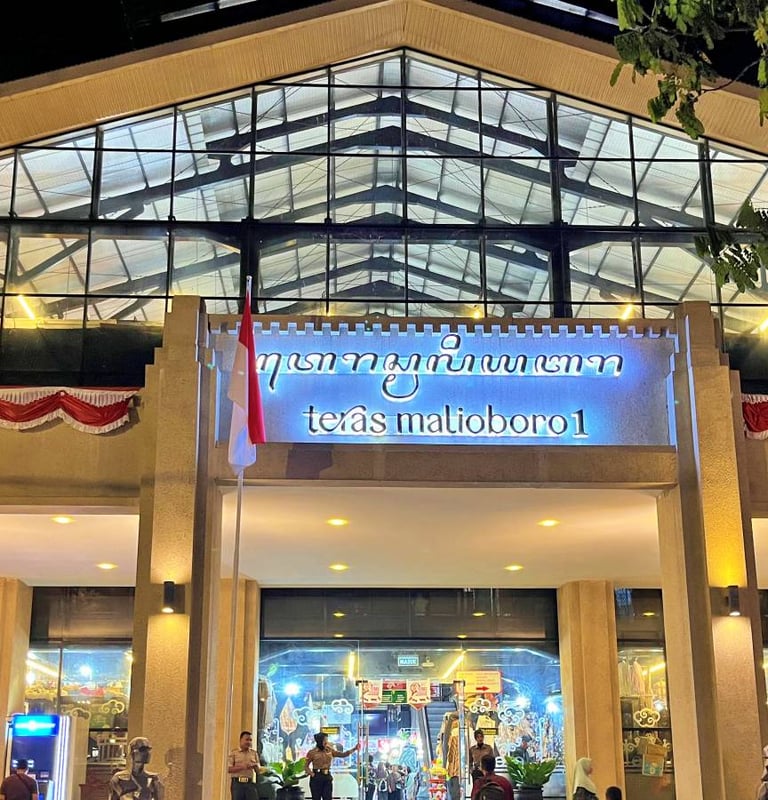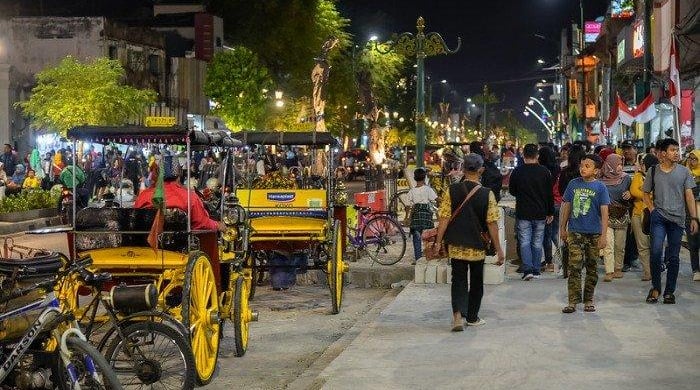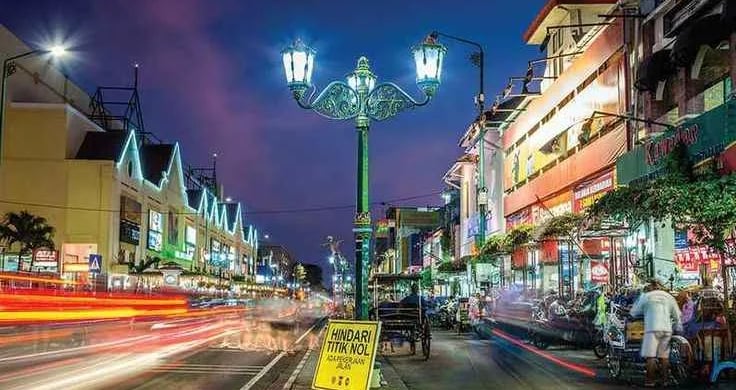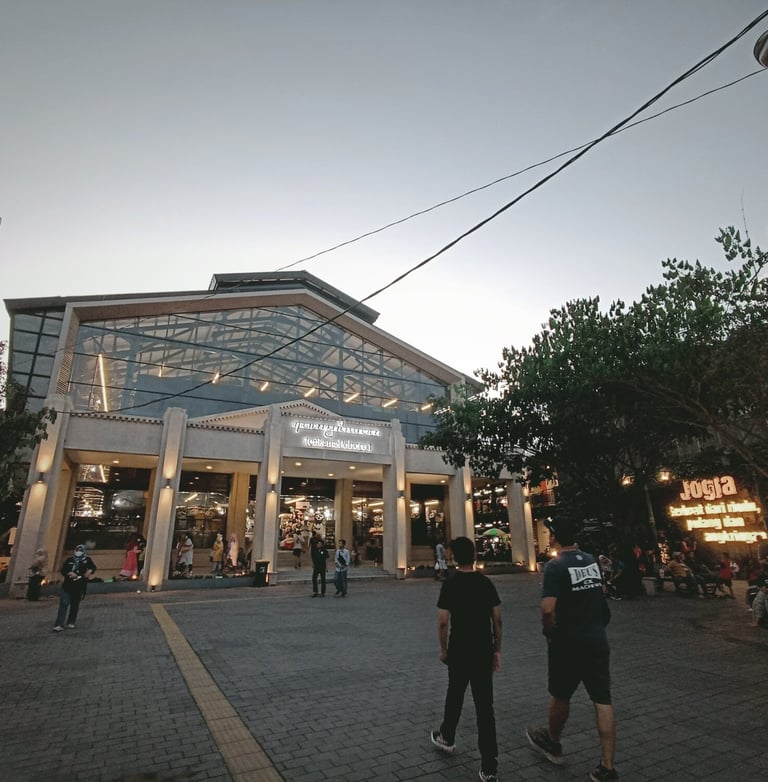MALIOBORO HISTORY
History of Malioboro Street
Malioboro is the name of one of the main streets in the heart of Yogyakarta. It forms part of a three-street axis stretching from the Tugu Yogyakarta Monument to the Post Office intersection. This axis consists of Pangeran Mangkubumi Street, Malioboro Street, and Jend. A. Yani Street. Malioboro also lies along the imaginary line (Garis Imajiner) of the Yogyakarta Palace (Kraton).
The name “Malioboro” is believed to come from the Sanskrit word malyabhara, meaning “garland of flowers.” Other experts suggest it may have been derived from “Marlborough,” the name of a British colonial figure who lived in Yogyakarta between 1811 and 1816.
The Dutch East Indies government developed Malioboro as an administrative and economic center in the early 19th century. The street gained popularity during the colonial period (1790–1945). In 1790, the Dutch built Fort Vredeburg at the southern end of Malioboro. They later established the Dutch Club or Societeit De Vereeniging Djokdjakarta (1822), the Dutch Governor’s Residence (1830), Javasche Bank, and the Post Office.
Malioboro’s growth accelerated with the expansion of trade between the Dutch and Chinese merchants. By 1887, the street was split in two after the construction of Tugu Railway Station. Malioboro also played a vital role in Indonesia’s struggle for independence. A fierce battle took place here during the General Offensive of March 1, 1949, when Indonesian fighters successfully pushed back the Dutch colonial forces and took control of Yogyakarta for six hours.
Today, Malioboro continues to develop while retaining its historic character as the hub of Yogyakarta’s public life. Important landmarks such as the Governor’s Office of the Special Region of Yogyakarta (DIY), the Regional House of Representatives (DPRD DIY), Beringharjo Market, Teras Malioboro, and the Presidential Palace Gedung Agung are all located in this area.
The local government continues to revitalize Malioboro to make it more visitor-friendly. In 2016, vehicle parking was removed from the street, and the eastern side was redesigned to accommodate pedestrians. The famous street-side food stalls (warung lesehan) remain to preserve the street’s character. In 2022, all street vendors were relocated to the Teras Malioboro complex, making the street cleaner, neater, and more comfortable for pedestrians.
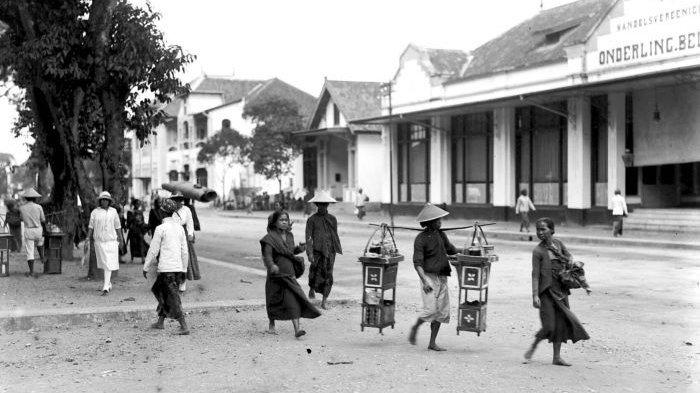

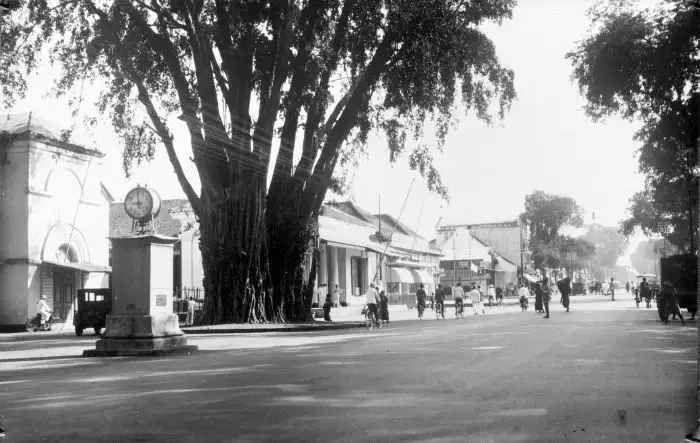

MALIOBORO NOW
